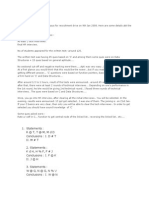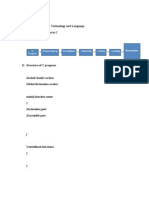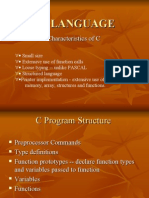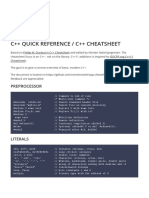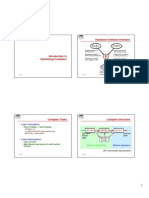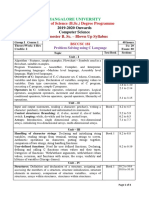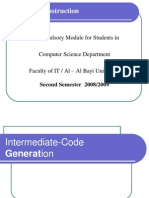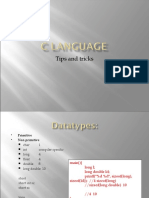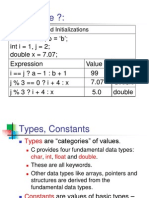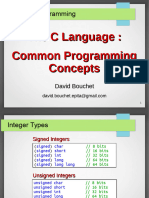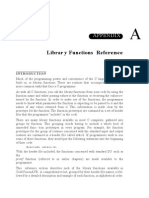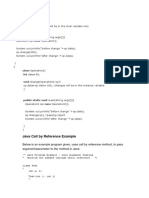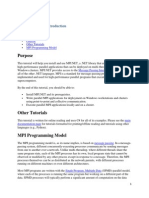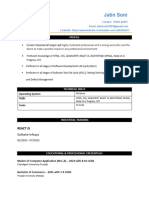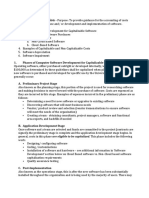0% found this document useful (0 votes)
124 views43 pagesCompiler Optimizations1
The document discusses compiler optimizations. It covers:
1) Different types of compiler optimizations like assignment statement optimizations, loop body optimizations, and register allocation.
2) Compiler optimizations are classified based on their scope (intraprocedural vs interprocedural) and time of application (static vs dynamic).
3) Important optimizations included in compilers are constant folding, scalar replacement of aggregates, and common subexpression elimination which improve code efficiency.
Uploaded by
BefCopyright
© © All Rights Reserved
We take content rights seriously. If you suspect this is your content, claim it here.
Available Formats
Download as PDF, TXT or read online on Scribd
0% found this document useful (0 votes)
124 views43 pagesCompiler Optimizations1
The document discusses compiler optimizations. It covers:
1) Different types of compiler optimizations like assignment statement optimizations, loop body optimizations, and register allocation.
2) Compiler optimizations are classified based on their scope (intraprocedural vs interprocedural) and time of application (static vs dynamic).
3) Important optimizations included in compilers are constant folding, scalar replacement of aggregates, and common subexpression elimination which improve code efficiency.
Uploaded by
BefCopyright
© © All Rights Reserved
We take content rights seriously. If you suspect this is your content, claim it here.
Available Formats
Download as PDF, TXT or read online on Scribd
/ 43







